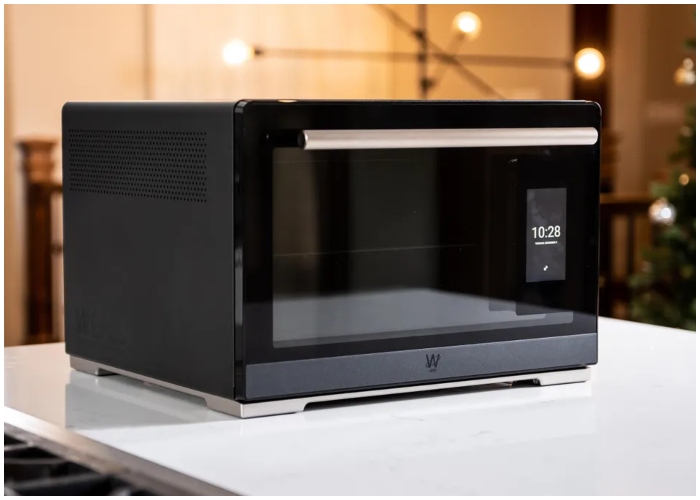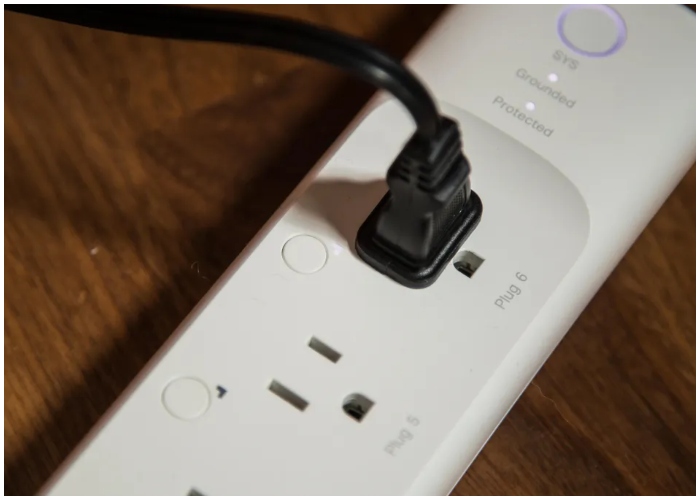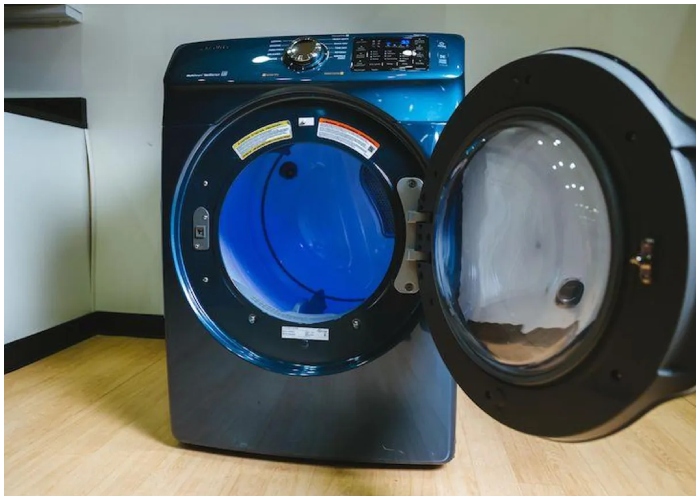As the prices of gas and electricity continue to rise, many people are finding their utility bills significantly higher than in previous years. In fact, some regions in the Northeast could see up to a $100 increase in their electricity costs compared to last year, with similar trends being noticed nationwide. However, there are many effective strategies you can adopt to help lower your monthly bills. Here’s a look at the top 23 ways you can start saving electricity and reduce your utility costs right now.
1. Embrace Efficient Dishwashing
Dishwashers, especially Energy Star-qualified ones, can be more energy-efficient than washing dishes by hand. According to the California Energy Commission, using an efficient dishwasher instead of hand washing can save up to 5,000 gallons of water and about $40 in utility costs annually, not to mention sparing you 230 hours of manual labor.
2. Air-Dry Your Dishes
Skip the heat-dry cycle on your dishwasher to save energy. Opening the dishwasher door slightly or using the air-dry setting can reduce your dishwasher’s energy use by 15% to 50%.
3. Optimize Dishwasher Loads
Ensure your dishwasher is fully loaded and you’re placing items correctly to avoid the need for rewashing. This maximizes each cycle’s efficiency and reduces the number of cycles you run.
4. Use Ceiling Fans
In warmer climates, ceiling fans can be a game changer. They consume only about 10% of the energy used by central air conditioners and can make a room feel up to 10 degrees cooler.
5. Switch to LED Bulbs
LED lighting uses at least 75% less energy and lasts 25 times longer than traditional incandescent bulbs. Transitioning to LED bulbs can result in considerable savings over time.
6. Install Motion Detectors
Automate your lighting with motion detectors to avoid unnecessary energy use. Lights will only turn on when needed, ensuring no energy is wasted.

7. Cook Efficiently
Turn off your stove burners a few minutes before your cooking is complete. The residual heat will finish the cooking without using extra electricity.
8. Keep Oven Doors Closed
Every time you open the oven door, the temperature drops by 25 degrees, requiring more energy to heat back up. Use the oven light and window to check on your food instead.
9. Use Smaller Cooking Appliances
For small meals, opt for a microwave or toaster oven, which uses significantly less electricity than heating up a full-size oven.
10. Install Dimmer Switches
Using dimmers can help reduce electricity usage by allowing you to adjust the lighting to your specific needs.
11. Utilize Smart Plugs
Smart plugs can control when electronics are powered, reducing phantom energy use and saving electricity.
12. Manage Electronics on Standby
Even when not in use, electronics can consume a significant amount of energy. Using standby modes or unplugging devices can reduce this drain.
13. Use Power Strips
Connect devices to a power strip and turn it off when devices are not in use to easily cut power and save energy.

14. Upgrade Your Thermostat
Programmable thermostats can adjust your home’s temperature according to your schedule, potentially saving up to 10% on heating and cooling costs.
15. Check Thermostat Placement
Ensure your thermostat is placed away from drafts and direct sunlight to avoid inaccurate temperature readings and unnecessary energy use.
16. Maintain Your Dryer
Keeping your dryer’s lint trap clean and the vent clear can improve efficiency and reduce electricity use.
17. Wash Clothes in Cold Water
Switching to cold water for laundry can save a significant amount of energy used for heating the water.
18. Upgrade Laundry Appliances
Modern, energy-efficient washers and dryers use less electricity and water, which can lead to savings on your utility bills.

19. Spin Clothes Extra
An extra spin cycle can remove more water from clothes, reducing drying time and saving energy.
20. Opt for Low-Flow Showerheads
Switching to a low-flow showerhead can save water and the energy used to heat it, lowering utility costs.
21. Inspect and Repair Air Ducts
Leaky or clogged air ducts can decrease HVAC efficiency by up to 20%. Regular inspections and maintenance can prevent this.
22. Consider Small Solar Solutions
Incorporate solar chargers or small solar panels for devices to reduce reliance on grid power.
23. Go Solar
While a full solar panel installation might be a significant upfront investment, it can dramatically decrease electricity costs in the long run.
By implementing these tips, you can start to see a decrease in your electricity bills almost immediately. Whether it’s optimizing your dishwasher use, managing your home’s cooling efficiently, or upgrading to smarter lighting solutions, each step can contribute to more sustainable energy use and considerable cost savings.
